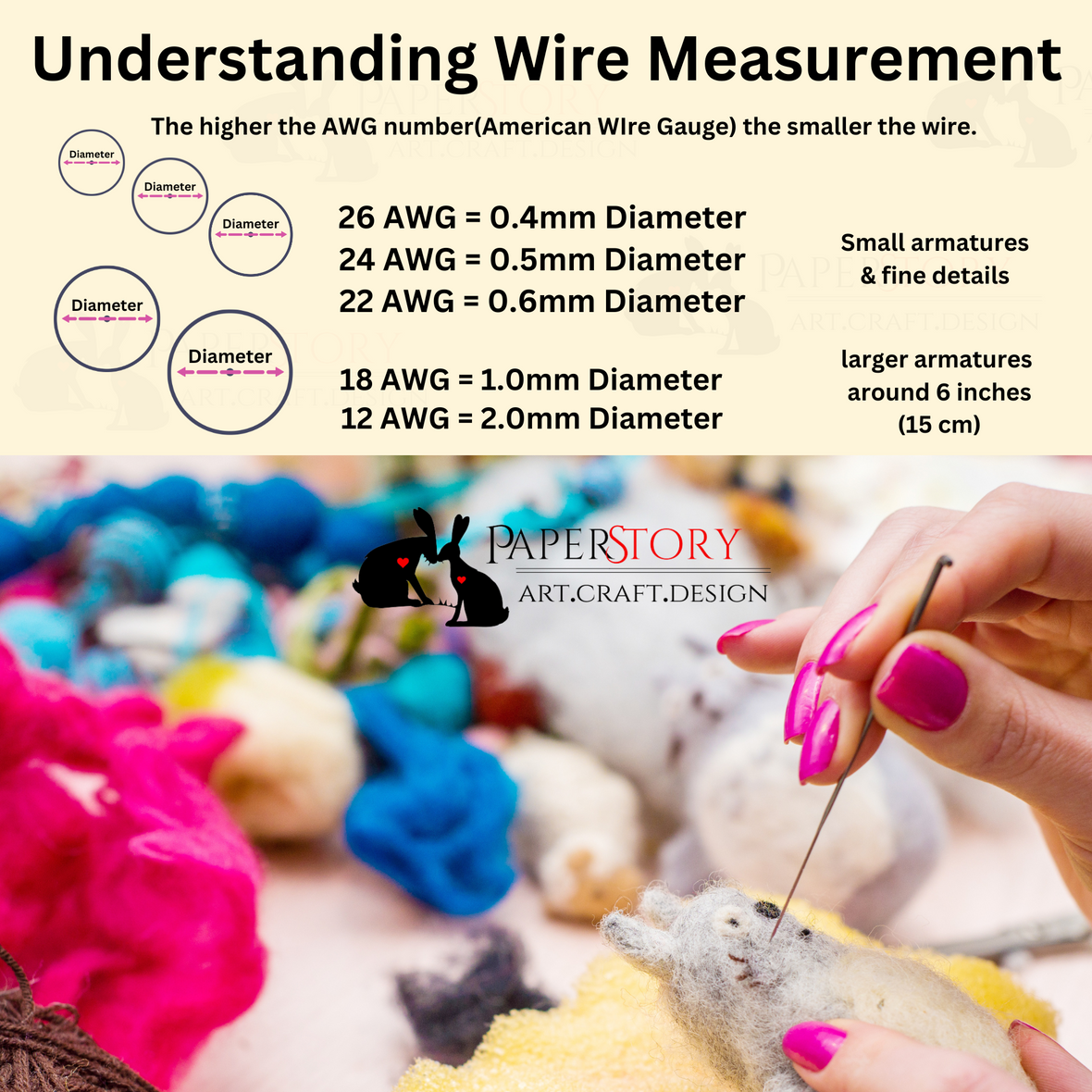
Needle Felting Wire Armatures
Angela Park6 comments
Wire armatures in needle felting
Choosing wires for armatures can be very confusing, a single wire doesn't necessarily fit all projects, and you will likely need a selection of different options for your felting sculptures, depending on size and form

We have some handy tips when choosing and working with wires for needle felting.
First Wire Safety & Cutting
It's advisable to wear protective gloves when handling wire to avoid injury, the ends of wire when cut can be extremely sharp. When cutting, for best results use a pair of pliers or wire cutters. Cut the wire straight down, with an even slow pressure, whilst holding the wire at arms length. If cutting thick wire over 2mm, consider wearing goggles as coiled wire has a tendency to be unpredictable in its movement when cut. Make sure to use the correct tools, try not to be tempted to pick up a pair of scissors, as they are not designed for cutting wire, and you may well end up damaging the scissors or injuring yourself.

Types of Wire
Paper-covered wires are available in a variety of colours and sizes. These wires are excellent for needle felting, as well as being used by florists and model makers. Descriptions of wire can vary, from being described in mm or referred to as AWG (American Wire Gauge) Its worth noting that the higher the gauge description with AWG the thinner the wire.
22 gauge AWG(0.65mm diameter)
24 gauge AWG (0.51mm diameter)
26 gauge AWG 0.40mm diameter)
These wires are particularly good for fine details, feet, fingers, toes and ears as they are easy to manoeuvre, bend and twist.

Aluminium
Aluminium, is a soft alloy metal, that is easy to shape and cut with the use of pliers, please note the edges of cut wire are extremely sharp. Use this type of wire to create moveable needle felted sculptures, this is also perfect for supporting polymer clay armatures
| Size | Length | Use |
| 1 mm | 30 metres | Small to medium sculptures |
| 2mm | 20 metres |
Medium sculptures over 6 inches (15cm) |
When wrapping wool directly onto Aluminium, you may notice the wool may slip and slide along the wire, thus making a firm felt difficult to hold its place securely .To help prevent this, try adding a little glue along the length of wire you are working on. Use a dry glue stick such as Pritt Stick, you can also use Bees Wax, Florist tape or Pipe cleaners. All of these products help reduce slippage, and create a more secure felt.

Copper wire, is a much stronger wire than Aluminium. With its added strength and cotton coating it allows for quicker needle felting coverage and building, as well as reducing the slip on the wire.
| Size | Length | Use |
| 0.5 mmm | 30 metres | Fine details for finger & toes |
| 1 mm | 10.5 metres | Medium to small armatures |
| 1.5mm | 4 metres | Strong and large sculptures over 6 inches |

Once you have created the shape you wish to wire wrap, take a small piece of roving or wool top, Roving and Tops have long fibres that lay next to each other in parallel, this makes them stronger for wrapping. You can use carded wool, however it is more difficult to create tension, as the shorted carded fibres are prone to pulling apart and loosing tension.
Find a starting point on the wire that will be concealed when assembling, pull the wool tightly over and around the wire frame, whilst keeping your fingers close to armature and wool, this will allow a good tension, without breaking the wool
Slowly pull the wool tightly over the wire, slightly overlapping as you go, until the wire is entirely covered with wool.
Repeat the process until you are happy with the shape, If you are looking for thin legs, then wrap the wire once over the armature, then dip in a little hot soapy water and roll between you palms until felted, making sure to avoid any sharp ends. This will help to create a tight felt along the wire.
When making larger sculptures
Before starting large sculptures, look closely at available animal images, underlying muscle structure and any skeleton images if available. Try and follow the shape and proportions of the animals natural form. A combination of Aluminium 3.5mm or larger, plus mixed widths of Aluminium and Steel wire may be needed for larger sculptures to allow them to hold their form and add movement. You can also double up on the wire for additional strength

Needle Felted Hare : By Angie from PaperStory

Characters without wires, can be equally charming, depending on your style and desired outcomes.
Needle Felted Hare : By Angie from PaperStory


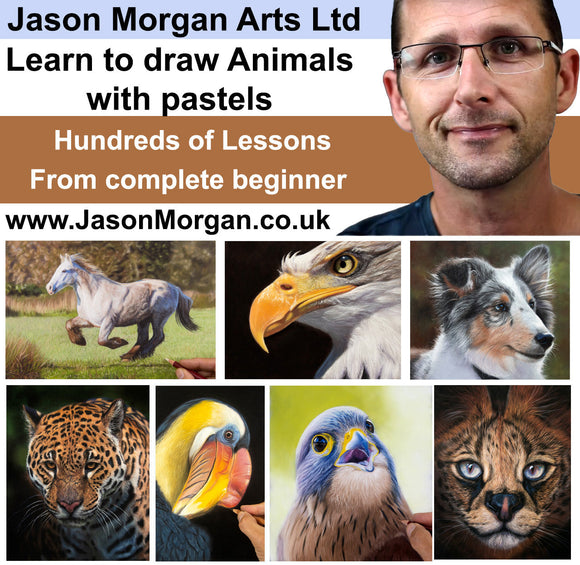
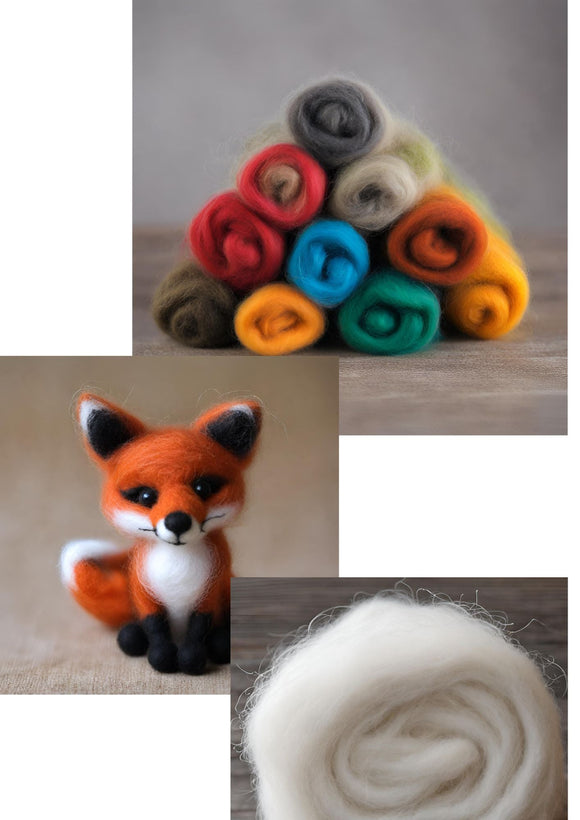
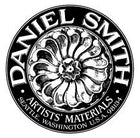
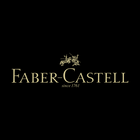

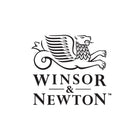


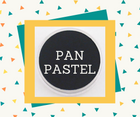

Comments (6)
Hello, I’m really struggling to get a strong pose with my sculptures as the wire is too flexible. I use a 22 and 18 awg plus a thinner steal wire for smaller items. My problem is that once I’ve completed the animal the legs seem far too bendy. Is this because it’s the wrong wire or should I be adding more wool and felting for a denser finish? Your experience and help would be much appreciated. Thank you in advance.
Thank you that’s very helpful
Really useful blog, makes much more sense now
Very informative. Thank you
Would like to learn